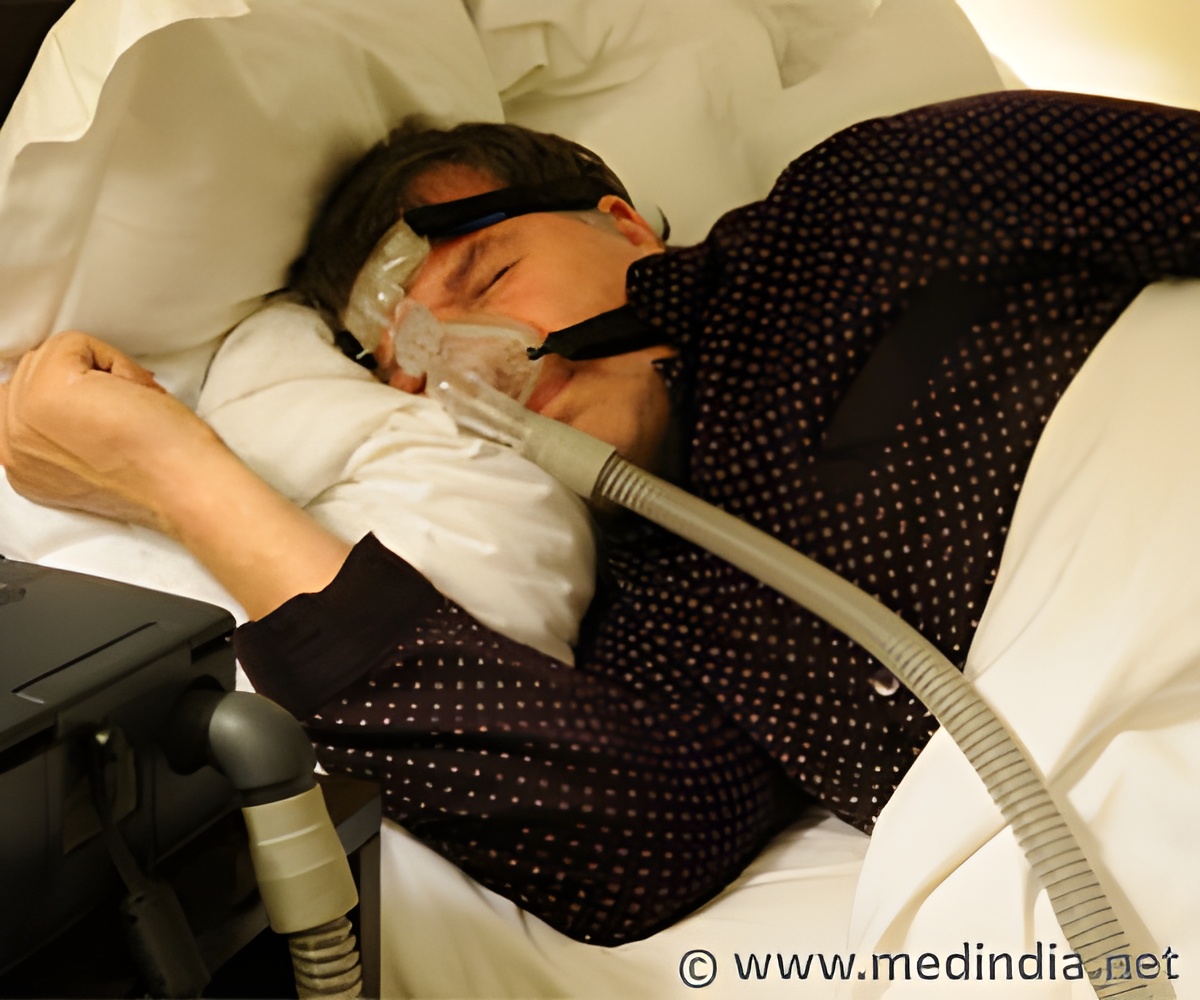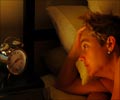A recent study finds that electronic stimulation therapy to reduce obstructive sleep apnea (OSA) is effective and safe.

Patients control when the Inspire therapy is turned on and off using a handheld programmer. In contrast to other surgical procedures to treat sleep apnea, Inspire therapy does not require removing or permanently altering an OSA patient's facial or airway anatomy.
"Studies have shown that sleep apnea is as prevalent as adult diabetes and asthma and the consequences of OSA range from disruptive to life-threatening," said Kingman Strohl, MD, principal investigator for the University Hospitals (UH) Case Medical Center site. "While many patients have found help with continuous positive air pressure through a CPAP nasal mask, for some patients it is too difficult to comply with, and thus ineffective," he said.
The primary aim of this study was to determine the safety and efficacy of the stimulation for treatment of OSA.
Results were presented on June 5 at Sleep 2013, 27th Annual Meeting of the Associated Professional Sleep Societies, by Dr. Strohl, who also is professor of medicine at Case Western Reserve University School of Medicine, and colleagues Patrick Strollo, MD, and Ryan Soose, MD, both of the University of Pittsburgh School of Medicine.
The multi-center study had 126 participants (21 females) who received an implanted system. At 12 months, there was a significant reduction in the Apnea Hypopnea Index (AHI) and Oxygen Desaturation Index, two scales used to indicate the severity of OSA. There also were significant improvements from pre-implant to 12 months on sleep quality scales (Epworth Sleepiness Scale, ESS, and Functional Outcome of Sleep Questionnaire, FOSQ).
Advertisement
Dr. Strohl said the STAR trial data has been submitted to the FDA for review and consideration for approval.
Advertisement















